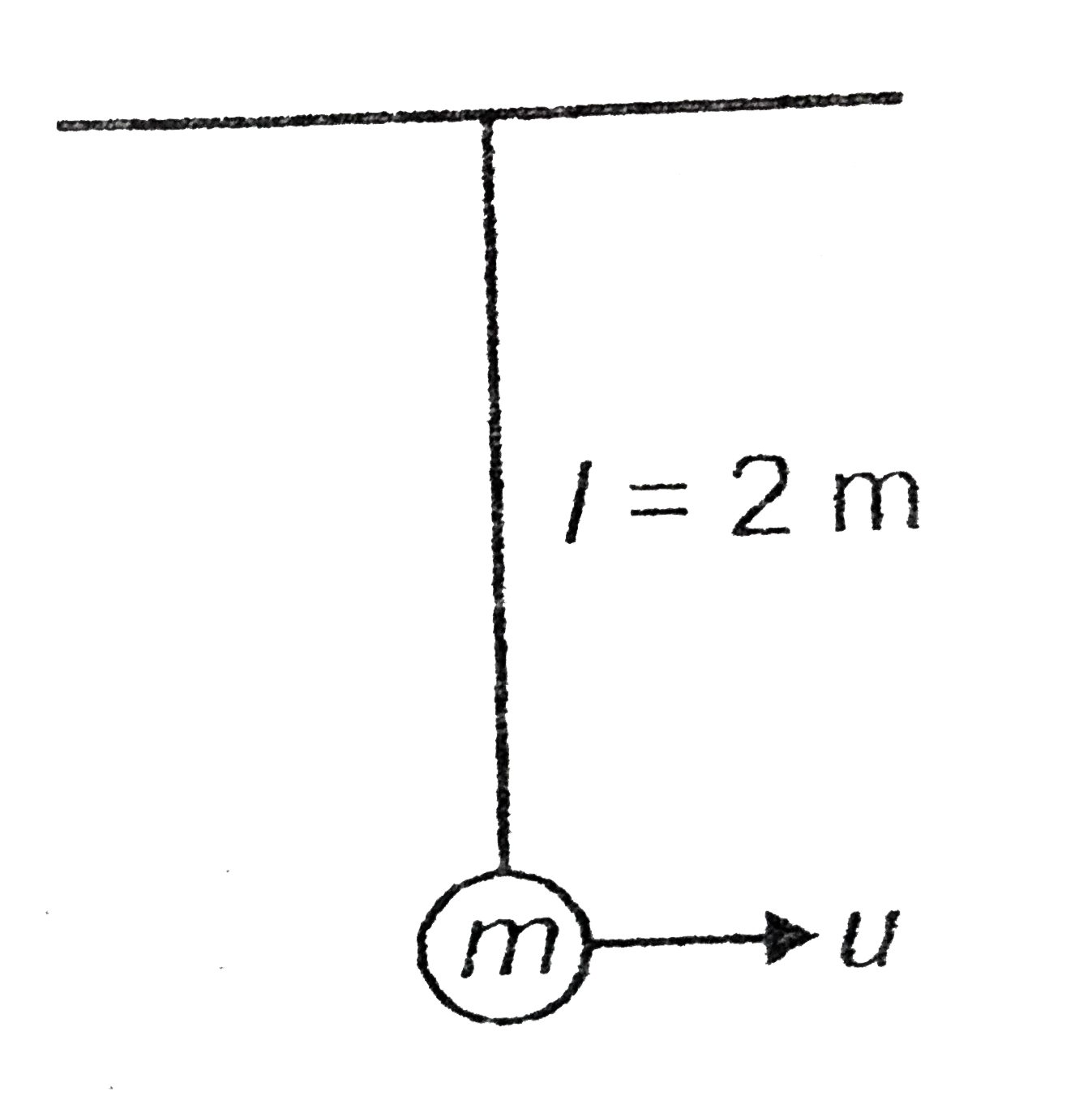What is the force of gravity .
Step-by-Step Solution:
1. Definition of Gravity:
- Gravity, also known as gravitation, is the universal force of attraction that acts between all masses in the universe.
2. Weight and Gravity:
- On Earth, every object experiences a downward force due to gravity, which we refer to as weight. The weight of an object is directly proportional to its mass.
3. Gravitational Force:
- The force of gravity can be expressed mathematically. The gravitational force (F) between two masses (m1 and m2) is given by Newton's law of universal gravitation:
F=Gm1m2r2
where:
- G is the gravitational constant (6.674×10−11N m2/kg2),
- m1 and m2 are the masses of the two objects,
- r is the distance between the centers of the two masses.
4. Acceleration Due to Gravity:
- The acceleration due to gravity (g) on the surface of the Earth is approximately 9.81m/s2. This means that any object in free fall will accelerate towards the Earth at this rate, assuming air resistance is negligible.
5. Conclusion:
- In summary, the force of gravity is a universal attractive force that acts on all masses, and it is responsible for the weight of objects on Earth, which is proportional to their mass and is quantified by the acceleration due to gravity.
- Gravity, also known as gravitation, is the universal force of attraction that acts between all masses in the universe.
- On Earth, every object experiences a downward force due to gravity, which we refer to as weight. The weight of an object is directly proportional to its mass.
- The force of gravity can be expressed mathematically. The gravitational force (F) between two masses (m1 and m2) is given by Newton's law of universal gravitation:
F=Gm1m2r2
where:
- G is the gravitational constant (6.674×10−11N m2/kg2),
- m1 and m2 are the masses of the two objects,
- r is the distance between the centers of the two masses.
- The acceleration due to gravity (g) on the surface of the Earth is approximately 9.81m/s2. This means that any object in free fall will accelerate towards the Earth at this rate, assuming air resistance is negligible.
- In summary, the force of gravity is a universal attractive force that acts on all masses, and it is responsible for the weight of objects on Earth, which is proportional to their mass and is quantified by the acceleration due to gravity.
Topper's Solved these Questions
- LAWS OF MOTIONBOOK - ICSECHAPTER - LAWS OF MOTIONEXERCISE - EXERCISE - 3(E) (Multiple choice type)
5 Videos
- ICSE ANNUAL EXAMINATION -2020BOOK - ICSECHAPTER - ICSE ANNUAL EXAMINATION -2020EXERCISE - SECTION-II
45 Videos
- LIGHTBOOK - ICSECHAPTER - LIGHTEXERCISE - TOPIC 2 Spherical Mirrors (4 Marks Questions )
9 Videos
Similar Questions
Comment upon the following :
In ascent of sap, the sap moves upwards against the force of gravity.
View SolutionA boy of mass m climbs up the stairs of vertical height h. (a) What is the work done by the boy against the force of gravity ? (b) What would have been the work done if he uses a lift in climbing the same vertical height ?
View SolutionA boy mass 40 kg climbs up the stairs and reaches the roof at a height 8 m in 5 s. Calculate :
(i)the force of gravity acting the boy .
(ii) the work done by against the force of gravity .
(iii)the power spent by the boy .
(Take g=10 m S−2)
View SolutionState the magnitude and direction of the force of gravity acting on a body of mass 5 kg. Take g=9.8ms−2
View SolutionName the following:
The movement of plant parts in response to the force of gravity.
View SolutionName the following:
The movement of plant parts in response to the force of gravity.
View SolutionA block of mass 5.0 kg slides down an incline of inclination 300 and length 10 m. find the work done by the force of gravity.
View SolutionThe work done by the force of gravity is 100 J

View SolutionWhat is the work done by the force of gravity on a satellite moving round the Earth ? Justify your answer.
View SolutionMention if the following statements are true or false,
The secondary roots and branches place themselves at right angles to the force of gravity and are called diaphototropic.
View Solution
